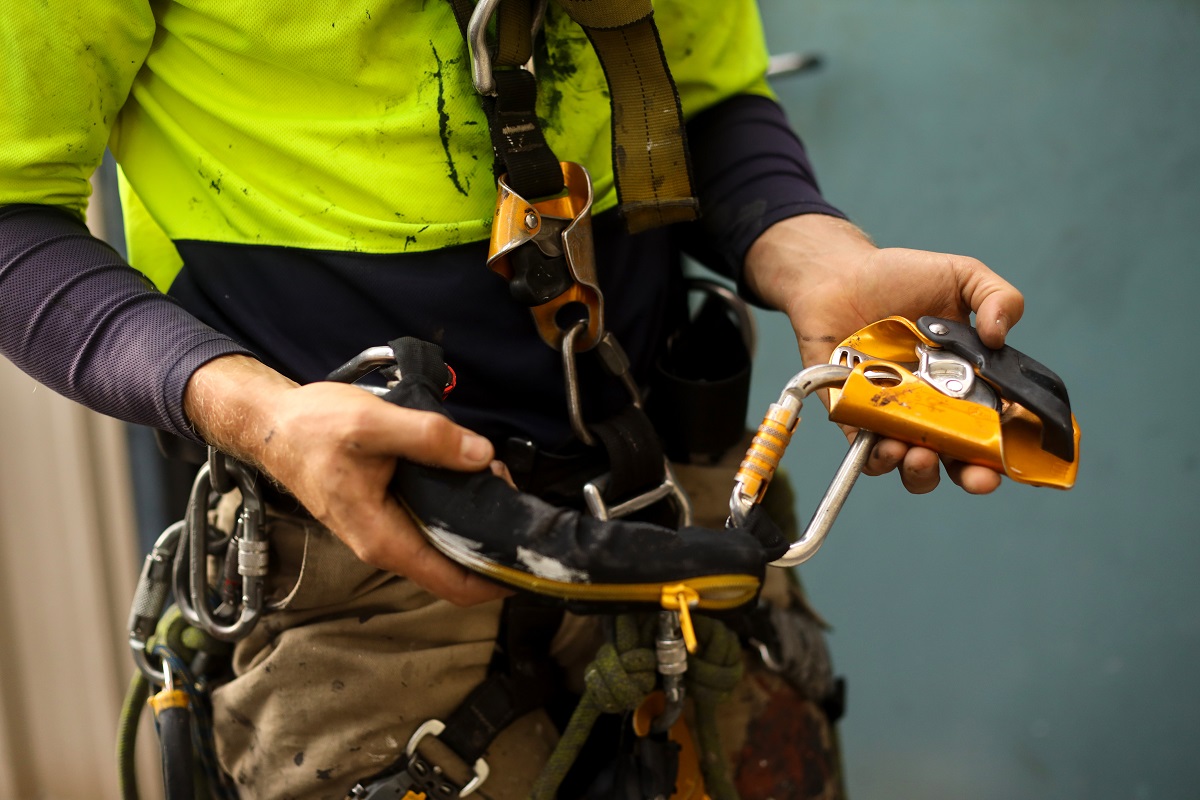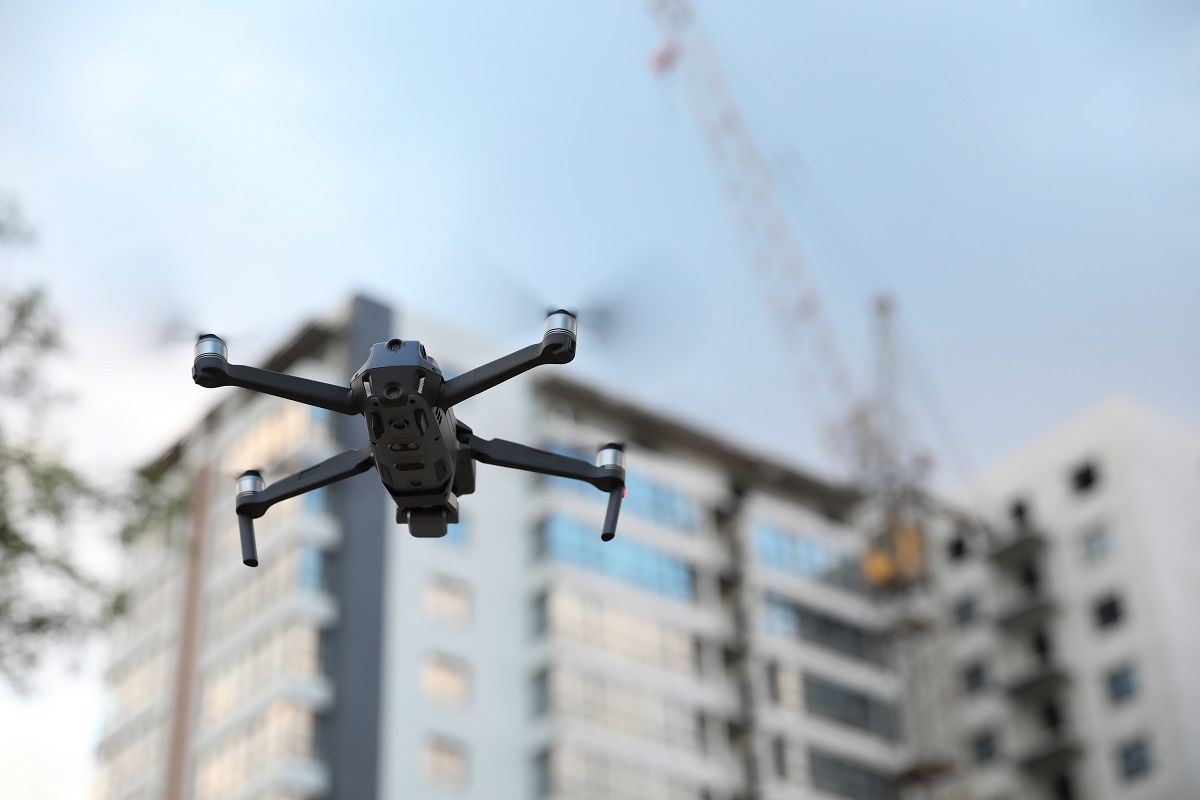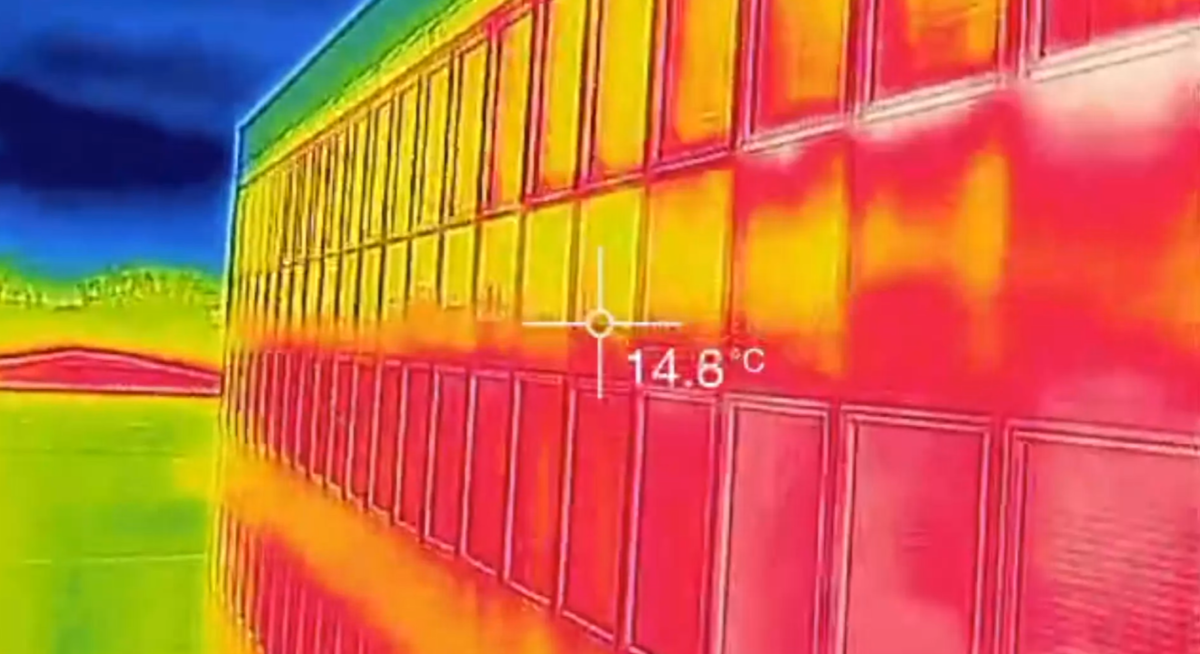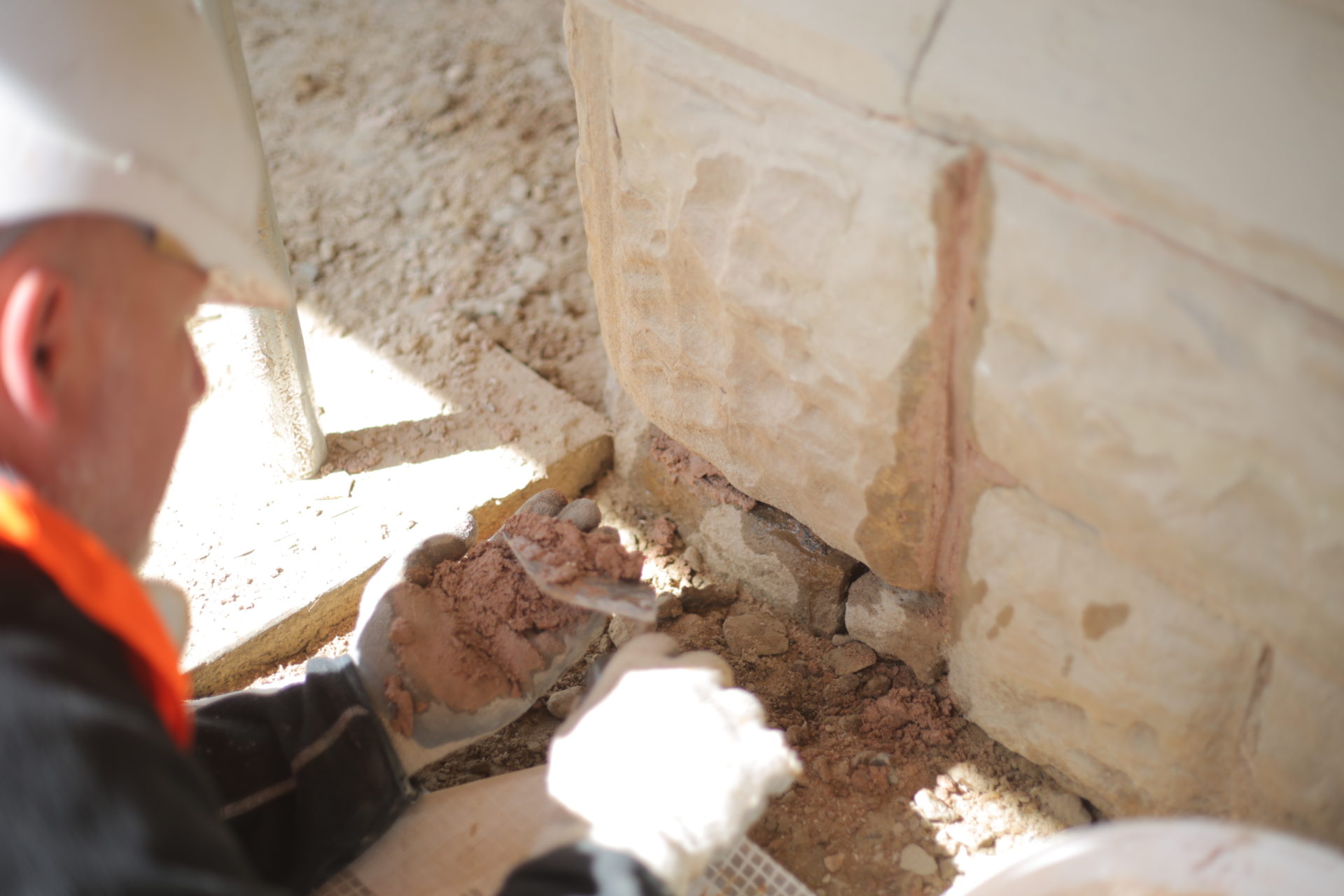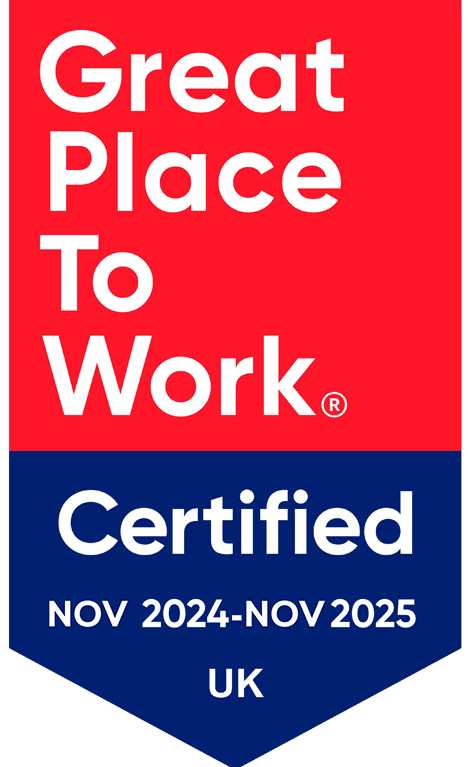Whenever an employee is working from height with the potential to injure themselves should they fall, then a risk assessment is essential. This doesn’t just make sense for both the individual and company involved, it’s also a matter of law.
The reasoning behind it is to ensure that the member of staff or contractor is assured of safe working at heights. This means that they are working in conditions which have been made safe in the event they, for instance, lose their balance for whatever reason and fall from scaffolding, the ladder they are perched on, or the ledge of a building etc. Accidents are also caused by workers plummeting through a fragile roof.
In addition to the building or location being made safe for the worker, he or she should also be trained and skilled at working from height. This is covered by the Health and Safety Executive (HSE) under legislation titled Work at Height Regulations 2005.
There is a ‘hierarchy of controls’ to be followed for safe working at heights. This includes:
Avoiding working at height if the work can be done in some other fashion. Preventing falls and items falling (such as masonry). This can mean using harnesses or adding handrails. It can also mean putting down nets to catch items falling further (ie minimising falls).
Also, put collective measures first ie controls that protect everyone at risk eg scaffolding, rather than personal protection (which involves an individual putting on a harness).
What is a working-at-height risk assessment?
A risk assessment is a way of working out the potential harm that could come to an individual working in a particular way. Controls are then added to minimise any harm (ie the handrails, netting, harnesses, etc mentioned above). The working at height risk assessment will look at areas such as:
- Identifying the hazards and the individuals who may be at risk.
- Evaluating the risks and choosing particular precautions to minimise them
- Recording the assessment and carrying out the actions identified
- Reviewing the assessment at a later stage
Types of height hazards to avoid
The type of issues that can lead to accidents when working at height include edges on buildings which are sharp and could slice through rope. Poor ground conditions could lead to a ladder becoming unstable while people working above may drop tools or cause obstructions to ongoing work. The weather can be another hazard to safe working at heights, especially when it’s very windy or raining heavily – or both. Ice and snow too are particular hazards.
Controls which should be in place
In carrying out a working at height risk assessment, certain measures must be taken care of, such as:
- ensuring the project has been thoroughly planned out
- developing a safe system of work
- setting up supervision
- checking the weather for the duration of the job
- making sure workers and trained and competent
- suitable equipment is made available
Get in touch
If you require the services of our team or, indeed would like to join us for projects involving safe working at heights, get in touch.





